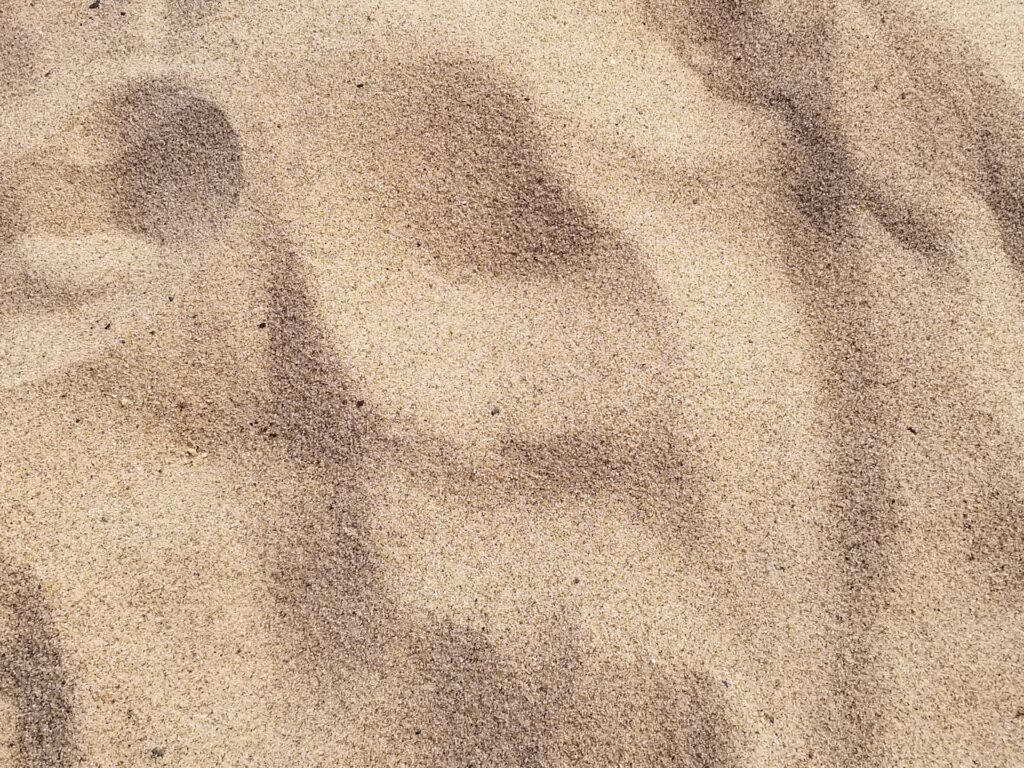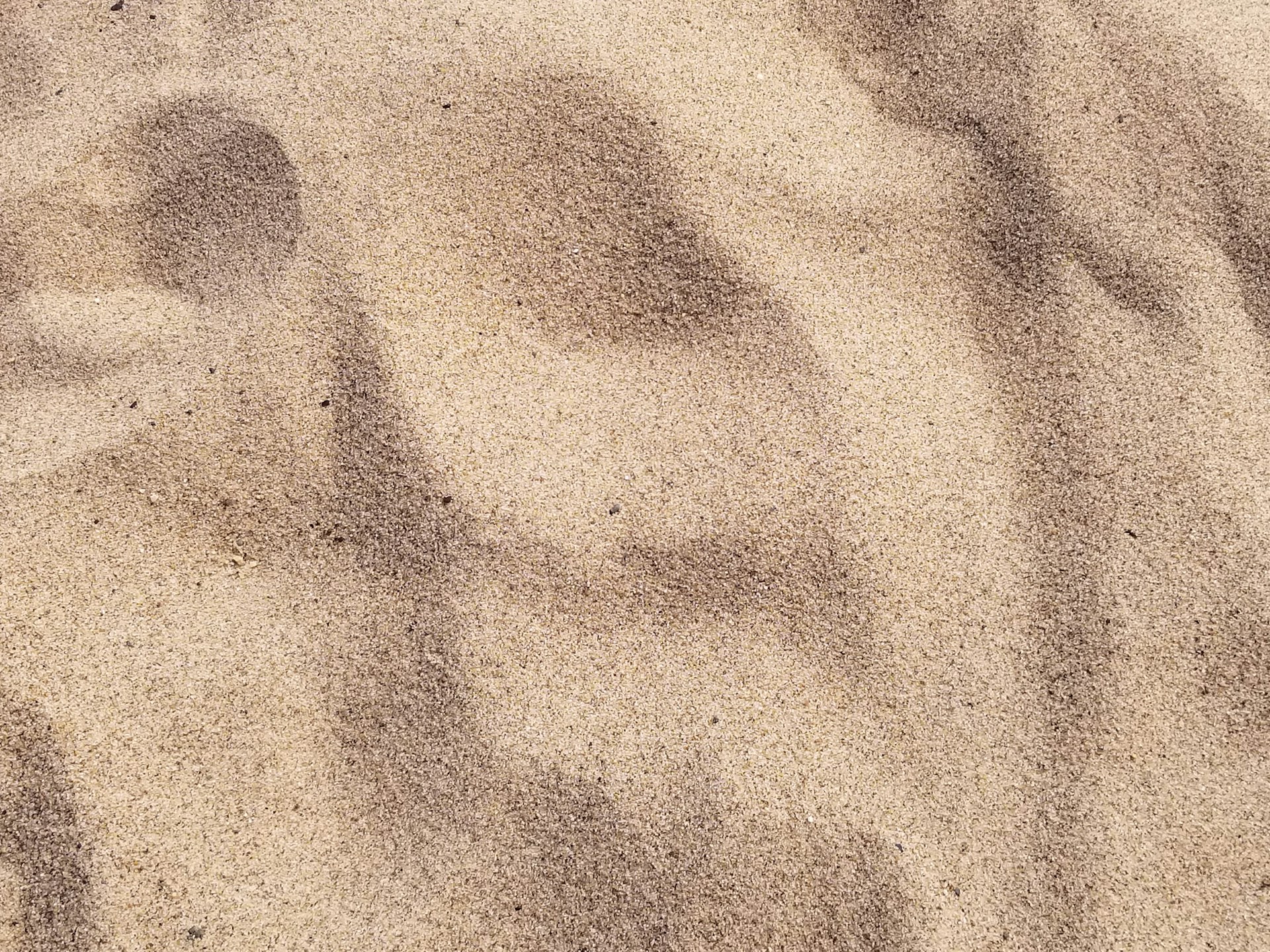How To Change Sand in a Pool Filter
If you’re wondering how to change sand in a pool filter, this guide’s for you! Even though the sand in your pool filter should last for years, eventually, you’ll need to change it to avoid particles getting in.
While the process may seem daunting, it only requires a few simple steps — and before you know it, you’ll be enjoying a perfectly filtered pool! Today we’re covering how to change the sand in a pool filter with the steps you need to take to get the job done.
What is pool filter sand?
You’ll find several options for filter sand materials. Whichever one you choose, ensure that it’s compatible with your equipment. You can also check the product website or contact customer service if you’re uncertain. That said, there are a few sand types that are more common than others for pools:
Silica
The most popular option is silica sand, a material made from ground quartz. Each granule features sharp, jagged edges that easily capture impurities from the water.
Glass
Recycled glass filter sand is an effective and eco-friendly choice. It’s an excellent option for folks who have hard water, as it can easily trap iron and manganese particles.
Zeolite
Zeolite filter sand is made from volcanic rock. Its unique crystalline structure offers greater surface area than other materials to capture more impurities from your pool.
Why should you change your pool filter sand?
While pool filter sand actually becomes more effective during the first few years of use, it will eventually stop working as well as it should. This makes replacing the filter sand a necessary part of pool filter maintenance. Here are a few more reasons it’s important to change sand in a pool filter regularly:
Sand gets smoother over time
Constant friction means that even the most irregular shapes will ultimately whittle down to smooth, spherical balls. When this happens, your filter media will no longer be able to capture debris, particles, and impurities.
Bacterial growth
Filter sand can keep harmful bacteria and microorganisms out of your pool. The sand also helps keep algae out of your pool. But as this substrate loses its filtering power, these organisms can find their way into your pool and create a cloudy, smelly environment.
Sand accumulates debris
Any good filter will trap all the tiny particles that attempt to pass through it. However, that also means over time your filter will fill with debris that can cause clogs and interfere with water flow.
How to change the sand in your pool filter
Now that you know why it’s important to replace the sand in your pool filter, here’s a step-by-step guide to help you tackle the project:
1. Turn off the pump
You’ll start by turning off your filter and pump. If your system is connected to a timer, be sure to disconnect it. Running the pump without water could quickly burn out the motor. For the sake of your safety, cut power at the breaker to avoid any mishaps.
2. Drain and open the filter
Next, open your filter and let the water drain completely. This process can take a while, so consider opening the drain several hours before you plan to change your filter sand.
Once your filter is empty, remove the multiport valve. If the valve doesn’t have union fittings, you’ll need to cut the pipes. You can always hire a professional if you’re hesitant to do this yourself. When the multiport valve is out, tape over the standpipe to prevent sand from flushing directly into your pool.
Need to repair a pool filter? Read our guide on how to fix a pool filter the right way.
3. Remove the old sand
Use a Shop-Vac or other wet/dry vacuum to remove the dirty, used sand from your pool filter. You could use a scoop or sturdy cup, but it will take a lot more time. Gently spray the inside of the tank to dislodge any lingering particles.
4. Check the laterals
Now that your pool filter is empty, check the laterals for visible cracks. Any damage could send sand into your pool.
5. Add water to the filter
The next step is replacing the drain valve and filling the tank halfway with water. This will create a buffer to protect your laterals when you add fresh sand to your pool filter. You may need to hold the standpipe and laterals in place during the process.
6. Add new sand and replace the cover

Once you double-check the tape on your standpipe, it’s time to replace your filter sand! The average filter requires around 350 pounds of sand, typically sold in 50-pound bags.
Using one bag at a time, slice off a corner and slowly empty each one into the tank until it’s two-thirds to three-quarters full.
Some tanks have level indicators to take out the guesswork. Remove the tape from your standpipe and top off the tank with water.
Image via Unsplash by @jimgade
7. Reconnect and open the valves
Now, you’re ready to reconnect all pipes and open the valves. Be sure to inspect your O-ring, as this is a good time to replace a worn seal.
8. Backwash the filter
After installation, set your multivalve to backwash, prime the pump, and let it run for two to three minutes. When the water is clear, you know the dust and debris has been removed. Then, turn off the pump, set the valve to rinse, and kick the pump back on to rinse your pool filter for one to two minutes.
9. Return to normal filtration
The final step is to turn off the pump and the sand filter, then turn the pump back on. At this point, you should check the pressure gauge and make a note of the reading. This is the standard operating pressure for your filter. When the gauge reads 10 PSI (pounds per square inch) above this number, it’s time to backwash your filter again.
GPS Pools is here when you need to change the sand in your pool!
At GPS Pools, we offer a wide range of services, from replacing filter sand to retrofitting internal heating systems. Shop our online store or contact us today for more information!

